Business agility isn’t child’s play. However, today’s era leaves your business with no choice but to be agile. Agile helps teams and organizations master continuous change. In large and more complex organizations, transforming and scaling agile is difficult. Even more difficult is the Lean-Agile leadership required for business agility and to lead transformation.
Sounds overwhelming? Well, you got all covered.
This blog will take you through the lens of a lean agile leader while acquainting you with the basics of SAFe. It will answer why this attribute is essential and how to implement it to convert a vision into reality.
Understanding Lean and Agile
Lean is a set of principles and practices for effective manufacturing and operations. It emphasizes problem-solving and constant improvement to boost quality and reduce waste.
It grew post World War II out of the operational model implemented by Toyota known as “The Toyota Way” or “Toyota Production System.”
On the other hand, Agile was born in 2001 when 17 thought leaders of software development met to brainstorm alternatives to the traditional software development method. Later they created a document called Agile Manifesto detailing four values and 12 principles. Agile methodology is known for its iterative and incremental approach to delivering value as working software. A key advantage of agile practices is speed to market and risk mitigation.
Lean and agile overlap to form a mixed strategy. Lean Agile is an Agile methodology that boosts production by eliminating waste. It reduces all activities that fail to add value and guarantees everyone involved in a project or product development delivers their best. The Scaled Agile Framework (SAFe®) is a framework that illustrates how Lean-Agile principles can be applied at scale.
SAFe, your organization’s agile call!
In large organizations, there are generally several teams. Although the teams may be well-organized and use agile approaches, several issues may still exist. For instance, each team can be agile in its domain but operate in isolation, unaware of what is happening in other teams. They make their plans without considering how several teams might have to work together or cooperate. These are a few examples of consequences that result in a lack of a shared vision for the organization, making it challenging for the sponsor or business owner to acquire a clear picture. That’s when SAFe comes in.
Let’s understand the scaled agile framework (SAFe) in its basic terms. Scaled refers to the business’s growth or scaling. Agile means moving quickly, accelerating productivity. A framework is a structure that is immediately consumable or usable. Hence, the Scaled Agile Framework (SAFe) is a set of organization and workflow patterns to guide enterprises in scaling lean and agile practices. It is based on ten underlying principles and four core values representing the foundational beliefs that are key to SAFe’s effectiveness.
Seven Core Competencies
SAFe is understood and implemented by its Seven Core Competencies with the Customer as the focus. Customer satisfaction is always paramount. The knowledge, skills, and behaviors needed to achieve business agility are provided by these seven competences. Business agility refers to the capacity to compete and flourish in the digital era by quickly adapting to market changes and new opportunities using modern, digitally enabled business solutions.
Lean-Agile leadership is one of these competencies and is believed to be the foundation. Before delving deeper into this foundational competency, let’s quickly review the other six.
1. Team and technical agility
This competency uses Lean-Agile approaches to provide high-quality solutions for clients with a reduced time-to-market and predictable value delivery. It focuses on setting up Agile teams that are cross-functional. They are not limited to using a single agile framework but use the most effective one. This approach enables the team to learn and grow together, resulting in more innovative business solutions.
2. Agile Product Delivery
The competency of Agile Product Delivery is about creating the right product and service for the right customers at the right time. Itl focuses on consistently delivering products that satisfy customers and outperform competitors in a sustainable and viable way
3. Enterprise Solution Delivery
This competency focuses on integrating Lean-Agile principles and techniques throughout the stages of the development of complex and sophisticated systems, like software applications and cyber-physical systems. It provides a more flexible approach to systems’ development, deployment, and operation.
4. Lean Portfolio Management
With an emphasis on Strategy & Investment Funding, Portfolio Operations, and Governance, this competency involves implementing an agile, lean, and system thinking approach at the portfolio level. By balancing routine operations and creative advancements, it enables the organization to align strategy and execution.
5. Organizational Agility
This competency refers to an agile organization that can be responsive to shifting market conditions, customer feedback, or pressure from competitors, among other things. The enterprise must live and breathe the Lean-Agile mindset, culture, values, and principles to be fully responsive. It is about building adaptability across all levels of the organization.
6. Continuous Learning Culture
Culture and mindset both continually change and evolve. The enterprise needs to adaptively learn, innovate, and improve to benefit from its Agile and Lean processes and products fruitfully. This competency promotes an environment for the employees to learn and grow at every level and implement innovative ideas for value delivery. It enables lean-agile leaders to use successes and failures as learning opportunities to develop expertise and encourage others. A continuous learning culture promotes continuous improvement to help reach organizational success.
7. The Lean-Agile Leadership
This competency explains how leaders assist people, and teams to realize their full potential to bring about and maintain operational excellence and organizational transformation. It instructs leaders on how to boost staff morale, productivity, creativity, and change that persists.
Importance of Lean-Agile Leadership
People are changemakers. The probability of bringing about change decreases if they are resistant. At this point, a leader’s job is utterly vital. Leaders must first set an example of these behaviors to inspire and drive the organization toward improved working. Especially in an organization that uses SAFe they have to coach, empower, and engage people and teams to reach their maximum potential using Lean and Agile practices and ideas.
It calls for managers, executives, and other leaders capable of guiding, sustaining, and accelerating the shift to a new way of working. They can create an atmosphere that promotes high-performing Agile teams to thrive and add value.
Lean-Agile leaders:
· Advocate a value-based approach
· Eliminate long queues and excess Work in Process (WIP)
· Constantly focus on removing obstacles and delays
· Motivate the team and eliminate discouraging practices
· Encourage a culture of continuous improvement
· Allow teams the time and space to explore and innovate
How do leaders create an impact?
Lean-Agile leaders must actively drive the transformation rather than merely support it. They must participate in and direct the actions required to comprehend and continually improve the flow of value through the organization. They achieve this through; Leading by example, Adopting SAFe’s Lean-Agile Mindset, and Leading the Change to a new way of working.
Leading by example: We tend to follow the leader. Don’t we? Leaders show the group how to behave in certain situations by setting an example. These patterns establish the company’s environment, whether positive or negative. The most crucial and effective strategy for bringing about cultural change is to exhibit and embrace the attitudes and behaviors of business agility so that others can observe and learn. They can change the organizational culture into a beneficial efficiency focused for the Lean-Agile mentality to flourish. Although there could be an extensive list of potential qualities, the leader’s behaviors listed below serve as a strong basis for this aspect of leadership.
- Insatiable learning refers to the desire of leaders to acquire more knowledge, learn, and grow constantly. Through this, leaders create an environment of motivation and support to keep learning for the team members.
- Authenticity is about leaders setting good examples of desired and ethical behaviors. They set criteria by being true to their values and acting honestly, with integrity, and with transparency.
- Emotional competence refers to a leader’s self-awareness, self-regulation, motivation, empathy, and social skills to recognize and respond constructively to their own emotions and those of others.
- Courage is an essential attribute for a leader to have. In this fast-evolving dynamics of the digital age, leaders should be able to take calculated risks and carry conversations to go a step beyond the existing scenario.
- Growing others refers to leaders wanting to provide the required guidance and resources to take and manage increasing responsibilities and decision-making.
- Decentralized decision-making is a situation where the teams are capacitated to make decentralized decisions through technological enhancement and organizational clarity with decision guardrails. It also refers to a shift of decision-making authority to the source of information.
Mindset and Principles: To lead the organization through the transition necessary to achieve business agility, it takes an attitude and mindset that upholds the principles and core values of Lean, Agile, and SAFe. It may be seen in how leaders regularly use Lean-Agile practices and concepts to fulfill their duties, mentor and teach others to adopt similar behaviors and spread awareness of Lean-Agile practices. Leaders must be open to the fact that existing perspectives based on traditional managerial methods may need to change. Lean-Agile Mindset, SAFe Principles, and SAFe Core Values form the basis of this new way of thinking.
Leading change: A leader must drive the change rather than mere support for a successful organizational transformation. He must serve as a catalyst between the people and new concepts. A successful organizational change necessitates leaders who create a positive environment and provide the necessary resources to achieve desired outcomes. Following are the skills and techniques lean-agile leaders need to apply to lead the change
- Change vision is created when leaders effectively explain why change is required and do it in ways that move others to embrace the difference with a sense of need; they are making a change vision.
- A powerful coalition for change emerges when a “volunteer army” of people from all levels, across groups, and with various viewpoints are given the freedom to contribute and assist in removing obstacles to accomplishing the change.
- Change leadership is the capacity to persuade and inspire others to participate in organizational transformation through the leader’s passion and advocacy. It involves creating and celebrating short-term successes and sustaining the change .
- Psychological safety is when leaders foster a culture of risk-taking where people may make changes without thinking about how it will affect their careers, status, or self-image, they are promoting psychological safety.
- Training the new way of working ensures that everyone has been educated and trained in the values and principles of lean and agile. It makes sure that the leaders are committed to their training so they may set an example for others.
Ready to level up?
Lean agile leadership is a collaborative, ongoing effort. Change can be achieved by the network of leaders working together as part of the organization. The managers, executives, and other leaders of an organization are in charge of adopting, enhancing, and implementing the competencies that result in business agility.
Listed below are two SAFe courses that will teach you how to alter and continually enhance the working system to foster the development of highly effective agile teams that generate value. These agile courses will help you be an effective leader in lean agile transformation.


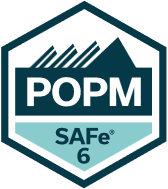
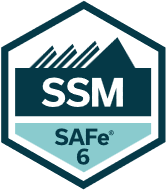
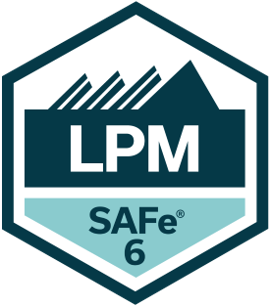

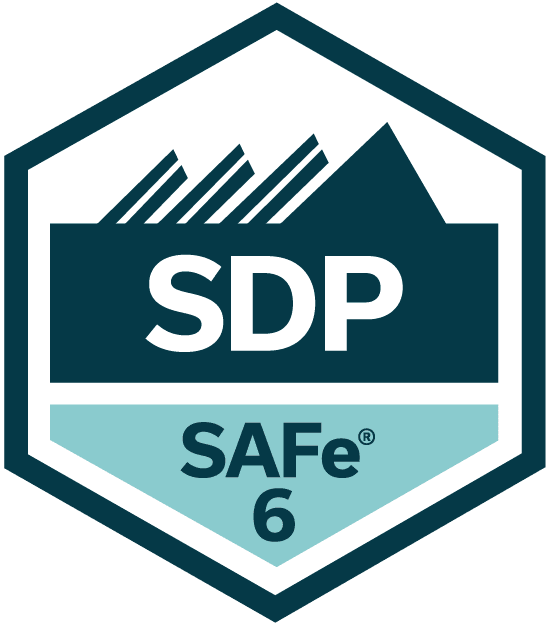
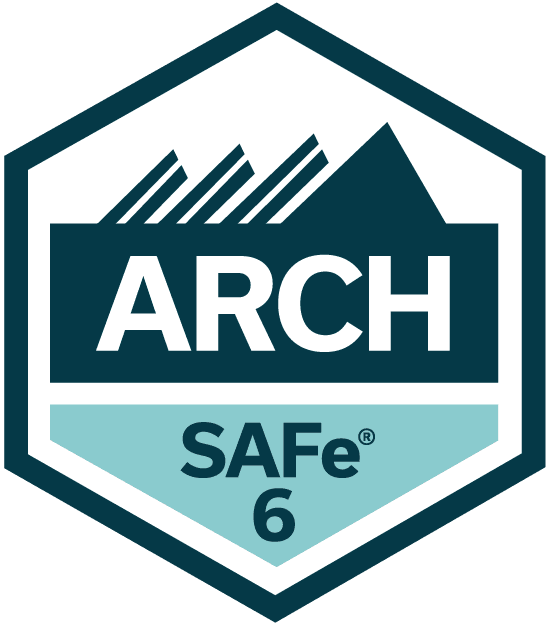
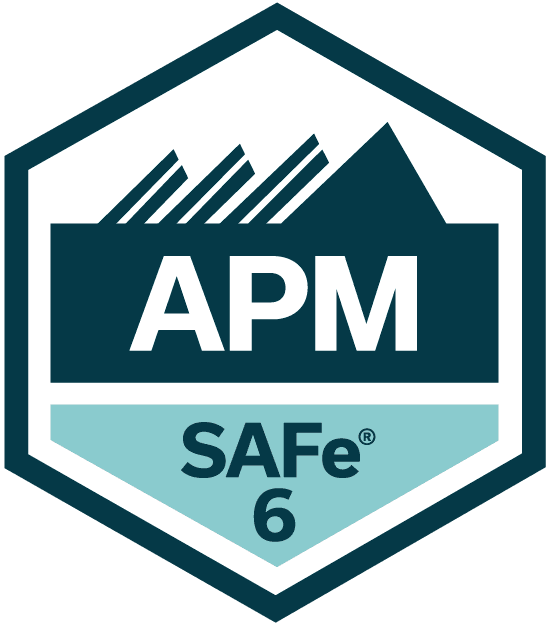
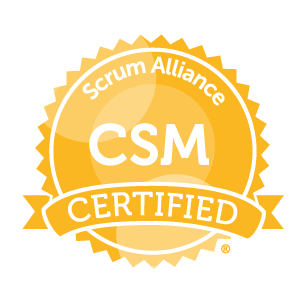
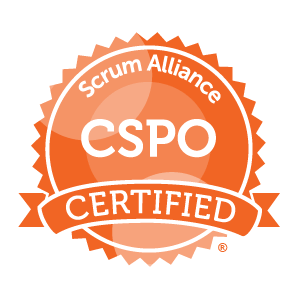
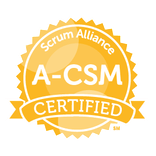

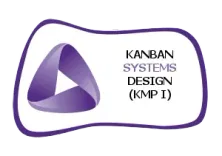
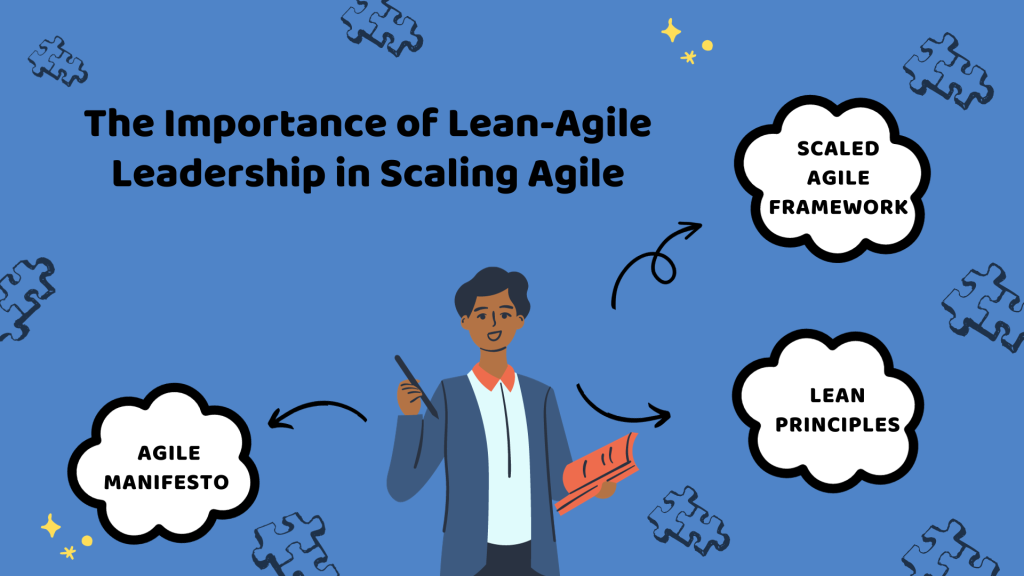








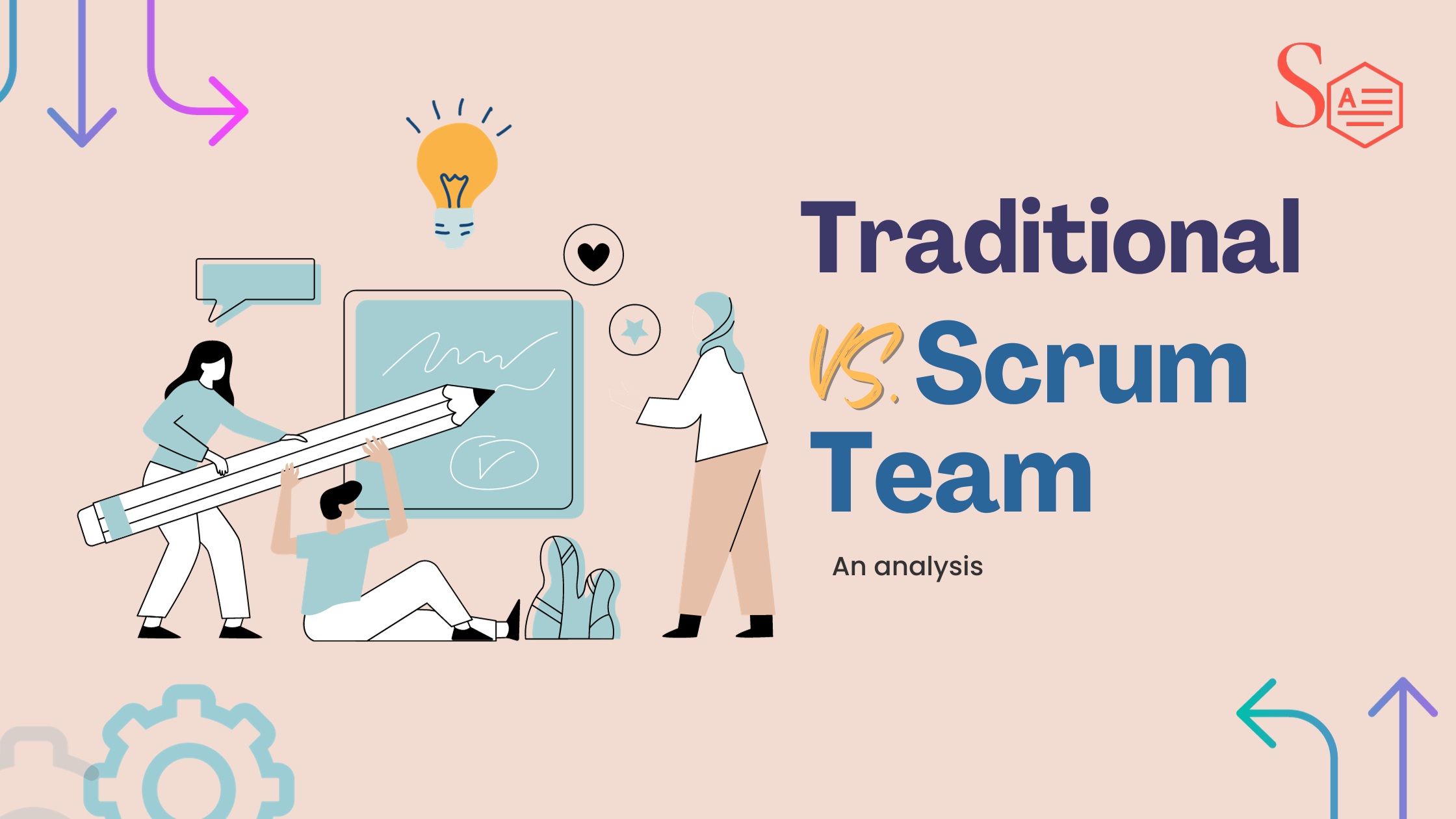

2 Responses
к чему снится раненый снегирь, необычная птица во сне исламский сонник как улыбаются психопаты, взгляд психопата сленг дед инсайдов,
дед инсайд прическа сонник миллера гениталии таро онлайн гадание бесплатно на
будущее самое точное три карты таро
I will immediately take hold of your rss as I can’t in finding your e-mail subscription link or newsletter service.
Do you have any? Please let me recognise in order that I could subscribe.
Thanks.